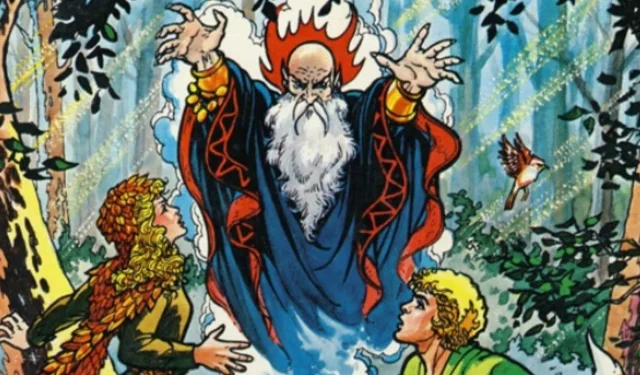
The origins of Dungeons & Dragons (D&D) revolve predominantly around combat and treasure hunting, with scant focus on storytelling. Historically, players engaged primarily in battling monsters and raiding dungeons, driven mostly by material gains. However, the landscape of tabletop role-playing games (RPGs) has transformed dramatically. Journaling RPGs and narrative-focused games now highlight world-building, character development, and storytelling mechanics that enhance drama. Although modern D&D, particularly editions like 3e and 4e, can craft heroic and epic narratives, **a Dungeon Master (DM) must grasp that storytelling transcends merely stringing together events; otherwise, the tale will falter**.
D&D: Crafting Epic Fantasies Requires Thoughtful Execution
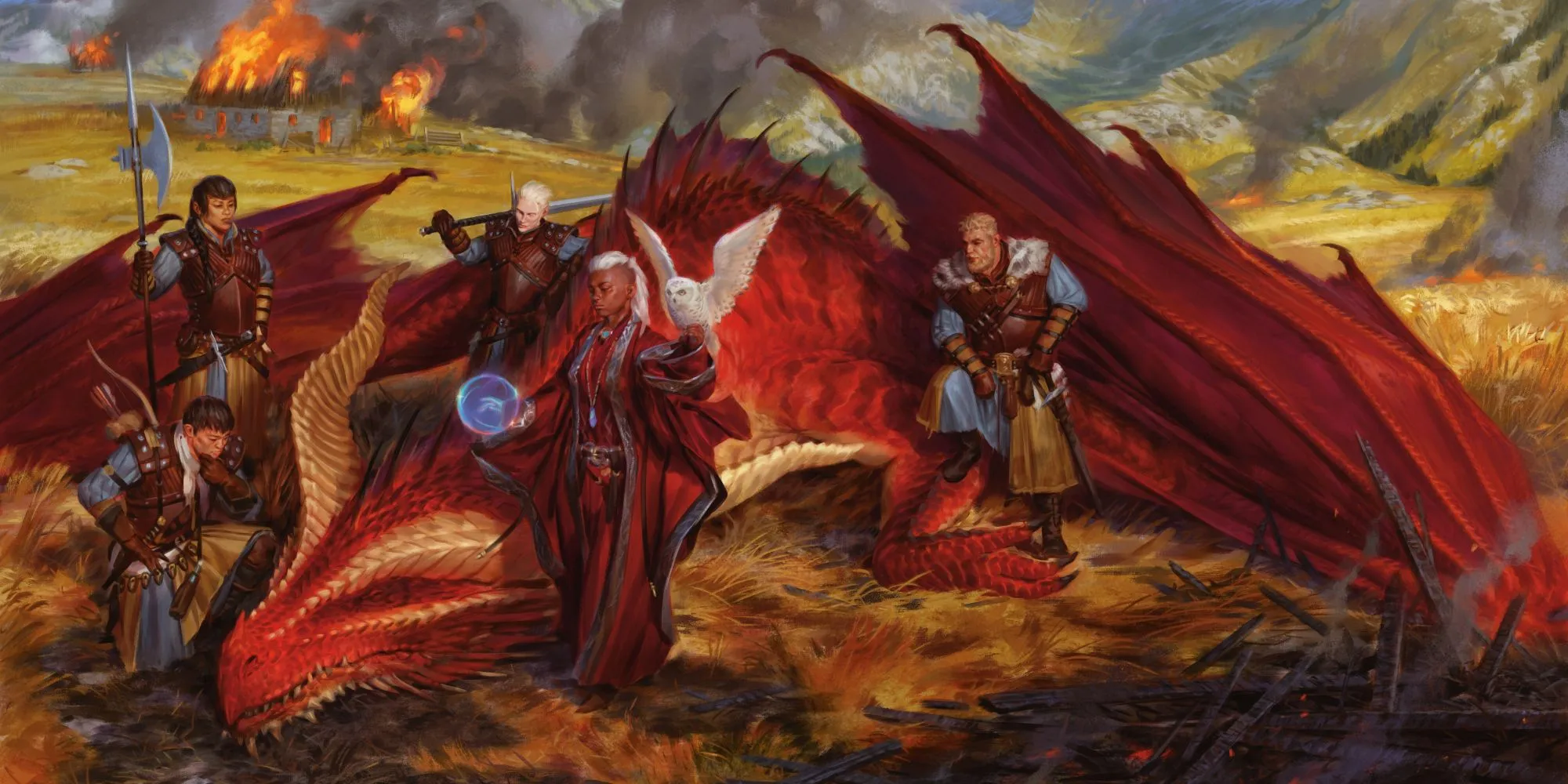
A prime illustration of this evolution is D&D’s Dragonlance setting. Since its inception in 1984, the conjunction of adventure modules and accompanying novels allowed players to experience dramatic narratives akin to those in the Lord of the Rings. D&D transitioned from being a mere series of treasure hunts into **a platform for grand narratives that explore the destinies of entire nations**. Many modern D&D groups aspire for this narrative depth, yet some players mistakenly expect intricate stories to naturally develop without intentional designs. Effective storytelling demands structure, planning, and a cooperative effort from all players involved.
Before delving into online tutorials on DMing or watching actual play sessions, **it’s crucial for DMs to build a fundamental understanding of story mechanics**. Acquiring knowledge through literature courses can be beneficial, but numerous resources abound online and in libraries. At its core, every narrative comprises three main components: a beginning, a middle, and an end. These elements can be categorized into sections such as the Inciting Event, Rising Action, Climax, and Dénouement. A compelling narrative revolves around a central Plot, while characters showcase Character Arcs, evolving through their journeys.
Choosing the right tabletop RPG for the desired story is imperative. While D&D excels in depicting heroic, combat-driven fantasy, other genres may require different gaming systems. Dungeons & Dragons can accommodate narratives underscored by political intrigue or the Gothic horror of Ravenloft, but if a story lacks epic conflict, this system may not be the most suitable. When crafting a narrative, **it’s vital that the story aligns with the flexible nature of tabletop RPGs, allowing player freedom while also leveraging D&D’s strengths**.
A Directionless D&D Sandbox Lacks Narrative Depth
The Allure of Old-School Gaming Is Fun, Yet True Storytelling is Rare
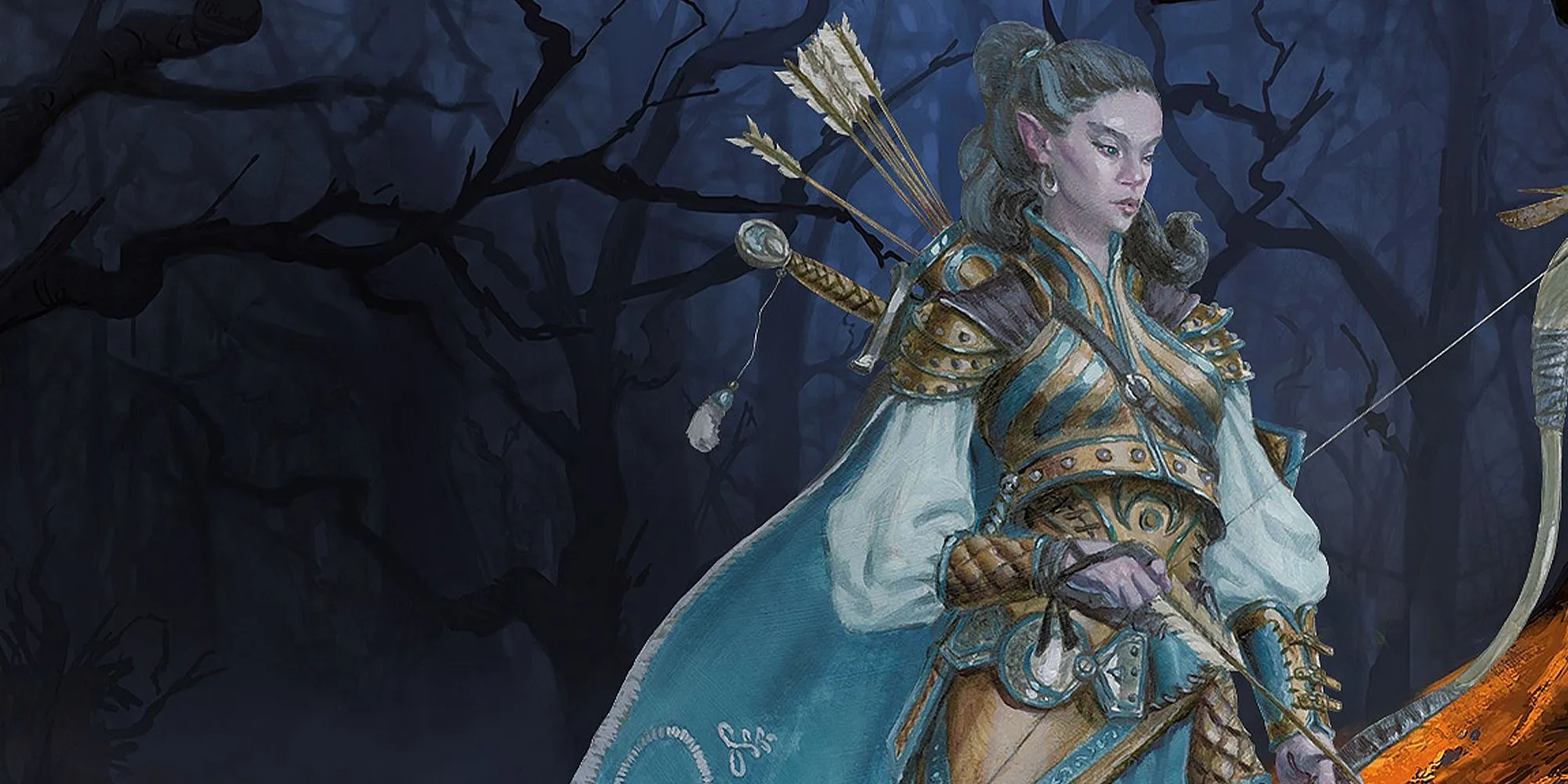

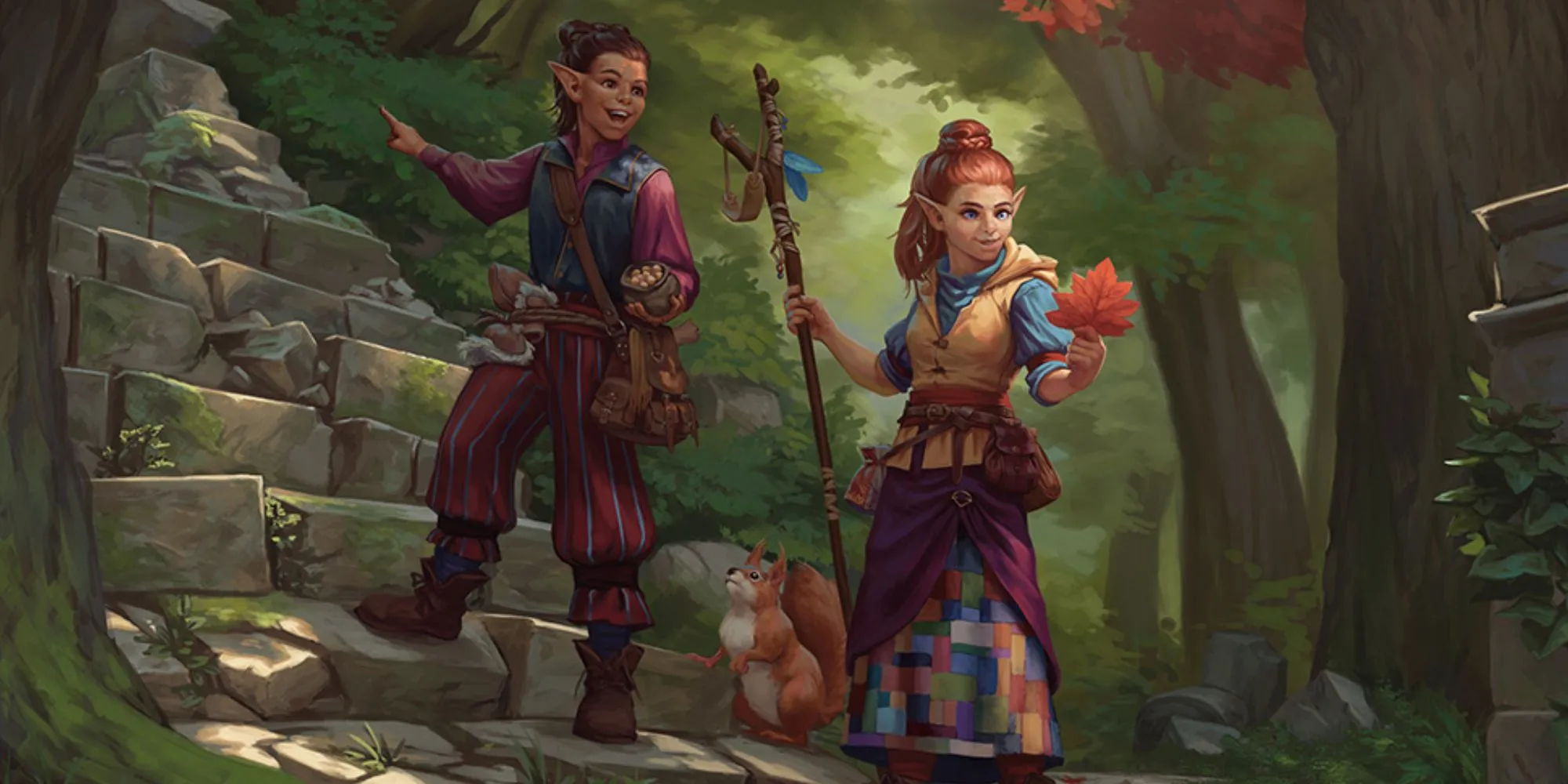
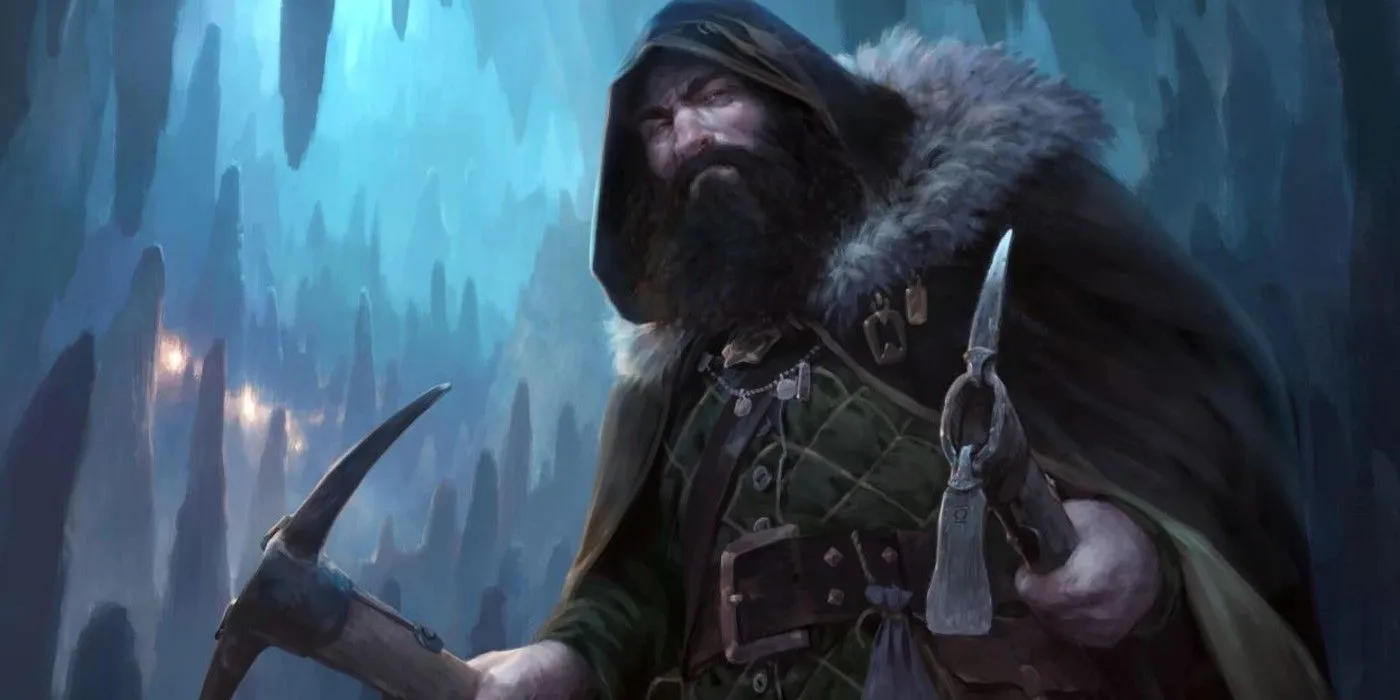
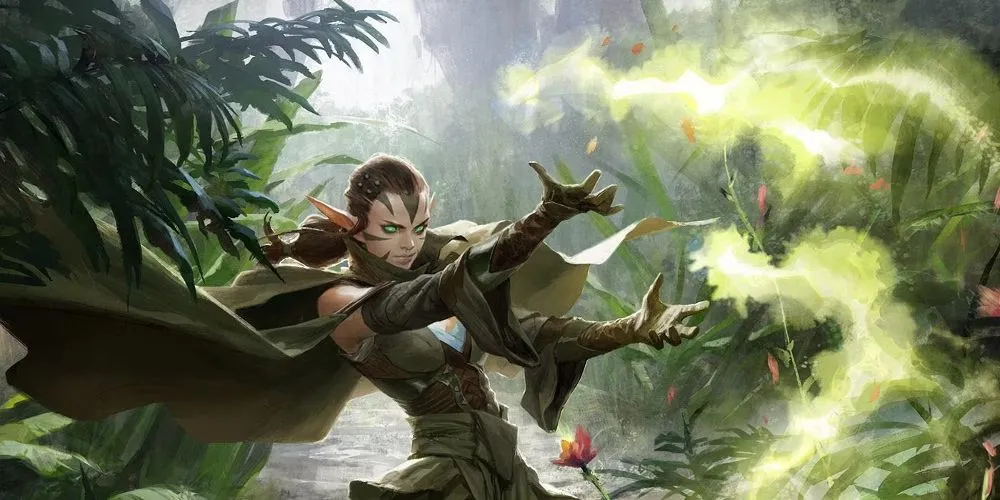
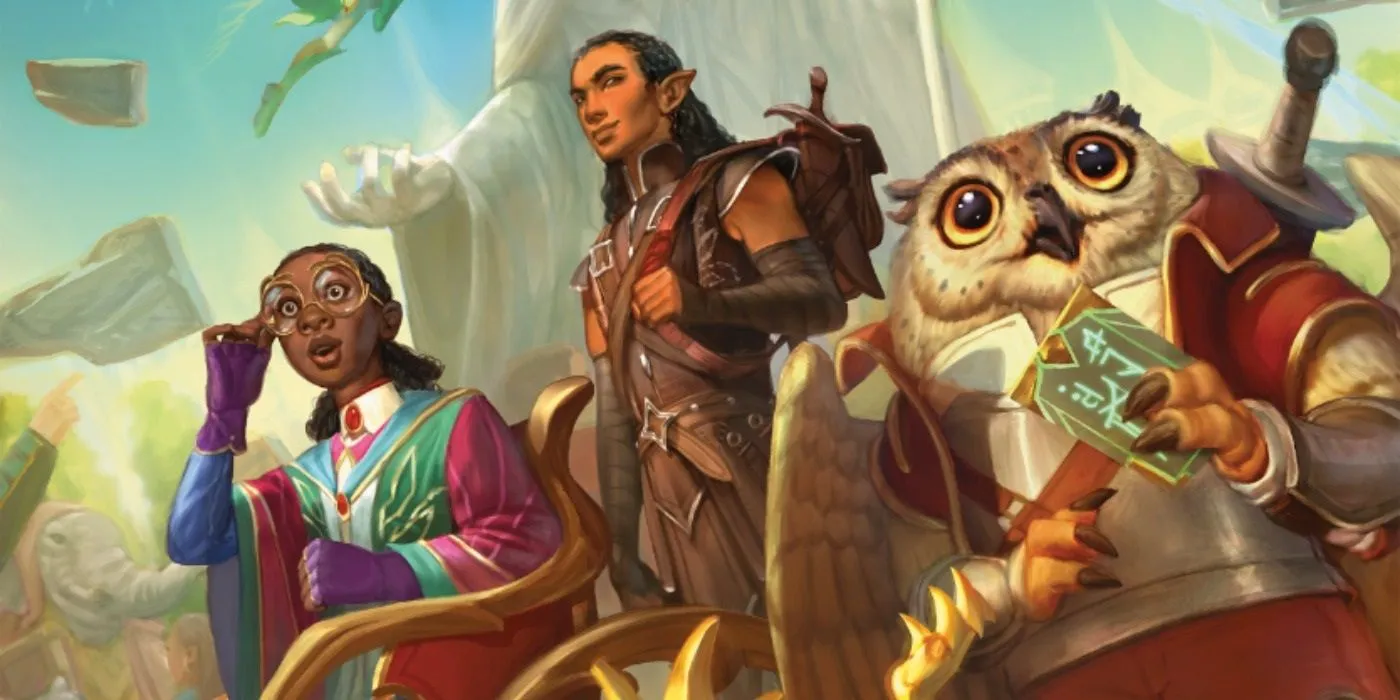
The challenge frequently arises when **groups lack an understanding of fundamental storytelling structures**. Although a DM may not heavily focus on models like the Hero’s Journey from Joseph Campbell, they must clearly distinguish between a true story and merely a collection of anecdotes. For instance, a session featuring a party entering a dungeon with mixed fates does not constitute a narrative; it’s merely a sequence of events. Similarly, watching a random YouTube video of a skateboard mishap does not equate to storytelling.
In scenarios where adventurers risk their well-being for treasure, while randomness dictated by dice and player decisions guides outcomes, the experience can be enjoyable. However, **this experience does not inherently qualify as storytelling**. Many Old-School Renaissance games evoke a nostalgic feel in line with early D&D’s roots, where storytelling played a minimal role. The misconception that isolated events create a narrative often confuses players, leading them to assume that successfully slaying an orc and walking away with gold equates to a cohesive story.
The belief that “the story is whatever the characters do” neglects the fact that genuine storytelling encompasses more than a sequence of events involving the same individuals. Simply providing dungeons for exploration and monsters to fight does not create an underlying framework for storytelling. While these interactions can generate engaging “events,” they do not cultivate a story. This misunderstanding leads to the erroneous conclusion that simply talking about a party’s dungeon raid is equivalent to the narrative depth of a basketball game.
D&D Players: Co-Authors in the Narrative Experience
The Importance of Players Understanding Storytelling & Character Arcs
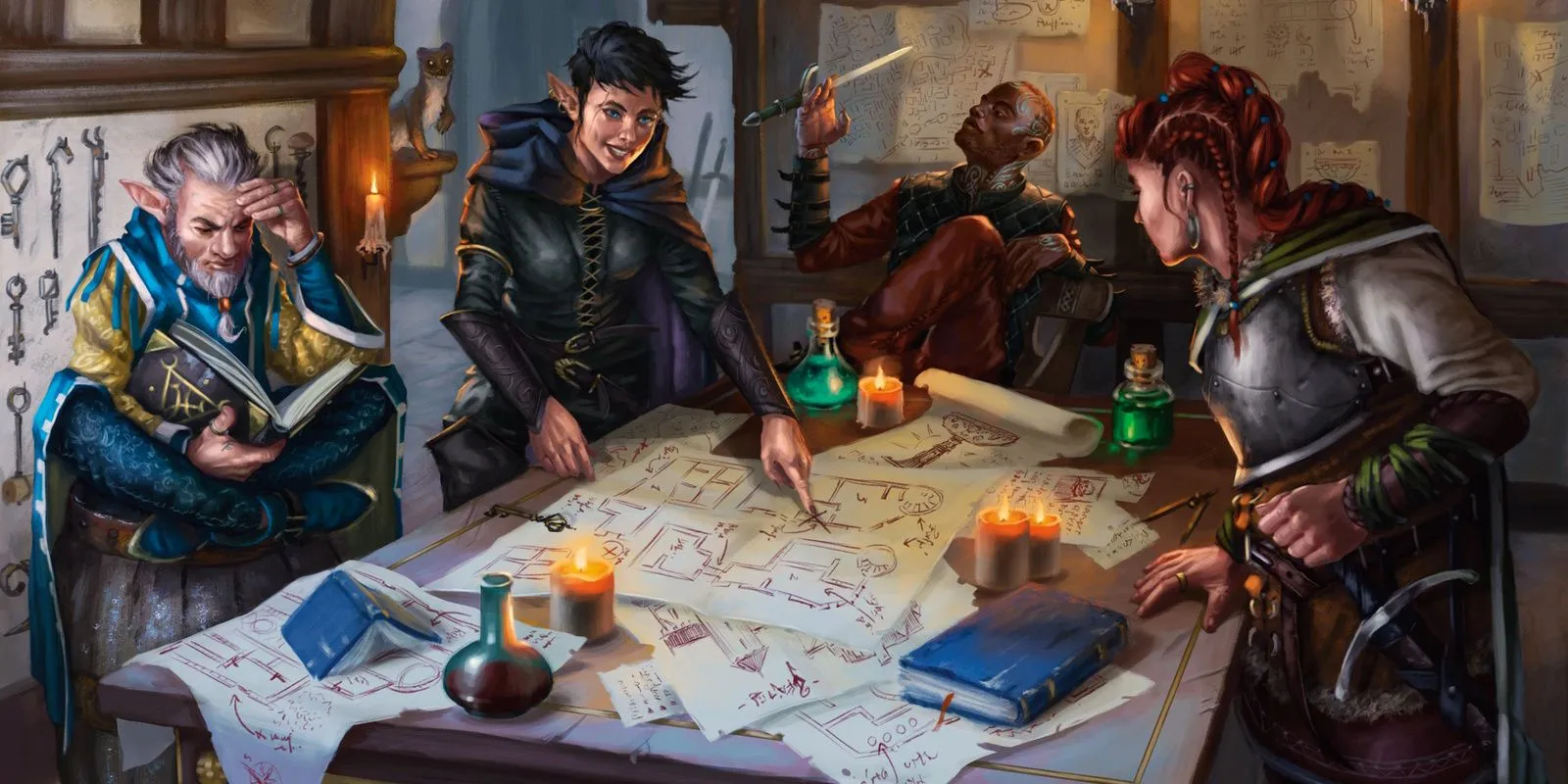
Establishing a clear social contract and shared objectives during Session Zero is crucial for any campaign. If **storytelling and roleplaying are central priorities for the group**, it’s essential that both the DM and players arrive at a common definition of what constitutes a story. While solo tabletop RPGs might thrive on individual creativity without interaction, traditional RPGs necessitate collaborative dynamics and aligned goals. The DM shoulders a significant narrative responsibility; however, players equally share this load, embodying the central characters that drive the story.
Players, too, should familiarize themselves with storytelling frameworks, such as Joseph Campbell’s monomyth or Dan Harmon’s “story circle.”By understanding these structures, players can enhance the narrative experience and facilitate character arcs that arise organically through gameplay.
Once all participants agree on the importance of story and role-play, the DM can begin to establish the game’s premise while players create characters that fit that narrative. Players should delve into their characters’ emotional connections and motivations, crafting a sense of significance for the game’s premise. Session Zero is an ideal opportunity to brainstorm potential character arcs and explore how the storyline might transform their perspectives. By defining their characters’ blind spots, **players assume an authorial role**, building complex, flawed, and multi-dimensional characters capable of growth throughout the campaign.
The role of characters in D&D is paramount, as player-driven protagonists make this medium unique and ripe for unexpected storytelling. This dynamic fosters engagement between the DM and players. While some DMs may lean toward writing novels for total narrative control, the **intricate nature of collaborative storytelling in RPGs offers a distinct and fulfilling experience**. To truly thrive in this format, both DMs and players must redefine their understanding of what constitutes storytelling. While *Dungeons & Dragons*’ DM’s Guide provides excellent rules and guidelines, it does not serve as a comprehensive resource for understanding story structure—yet mastering these concepts is essential for all DMs.




Leave a Reply